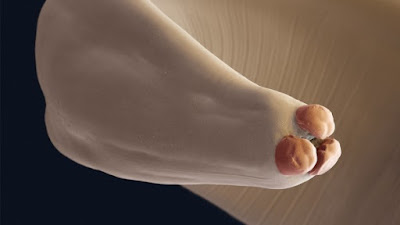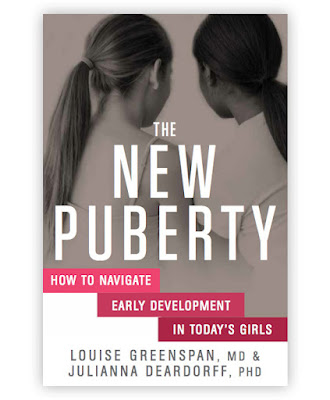Parasitic worm 'increases women's fertility'
 |
| Ascaris lumbricoides credit: (Eye of Science/Science Photo Library) |
Prof Aaron Blackwell, one of the researchers , from the University of California Santa Barbara, told the BBC News website : A study of 986 indigenous women in Bolivia indicated a lifetime of Ascaris lumbricoides, a type of roundworm, infection led to an extra two children.
He said women's immune systems naturally changed during pregnancy so they did not reject the foetus.
Prof Blackwell said: "We think the effects we see are probably due to
these infections altering women's immune systems, such that they become
more or less friendly towards a pregnancy."
He said that "The effects are unexpectedly large."
He said using worms as a fertility treatment was an "intriguing possibility" but warned there was far more work to be done "before we would recommend anyone try this".
Contrary to that Hookworms infestation is known to reduce fertility. They increased the age at which Tsimane women first gave birth and stretched the amount of time between pregnancies. As a result, the team calculated, a woman with hookworms would bear three fewer children in her lifetime than would a woman lacking the parasites.
He also added: "Whilst I wouldn't want to suggest that women try and become infected with roundworms as a way of increasing their fertility, further studies of the immunology of women who do have the parasite could ultimately lead to new and novel fertility enhancing drugs."
References:
He said that "The effects are unexpectedly large."
He said using worms as a fertility treatment was an "intriguing possibility" but warned there was far more work to be done "before we would recommend anyone try this".
Contrary to that Hookworms infestation is known to reduce fertility. They increased the age at which Tsimane women first gave birth and stretched the amount of time between pregnancies. As a result, the team calculated, a woman with hookworms would bear three fewer children in her lifetime than would a woman lacking the parasites.
He also added: "Whilst I wouldn't want to suggest that women try and become infected with roundworms as a way of increasing their fertility, further studies of the immunology of women who do have the parasite could ultimately lead to new and novel fertility enhancing drugs."
References:
- Science, DOI: 10.1126/science.aac7902
- https://www.newscientist.com/article/mg20327161-300-parasitic-worms-just-what-the-doctor-ordered






